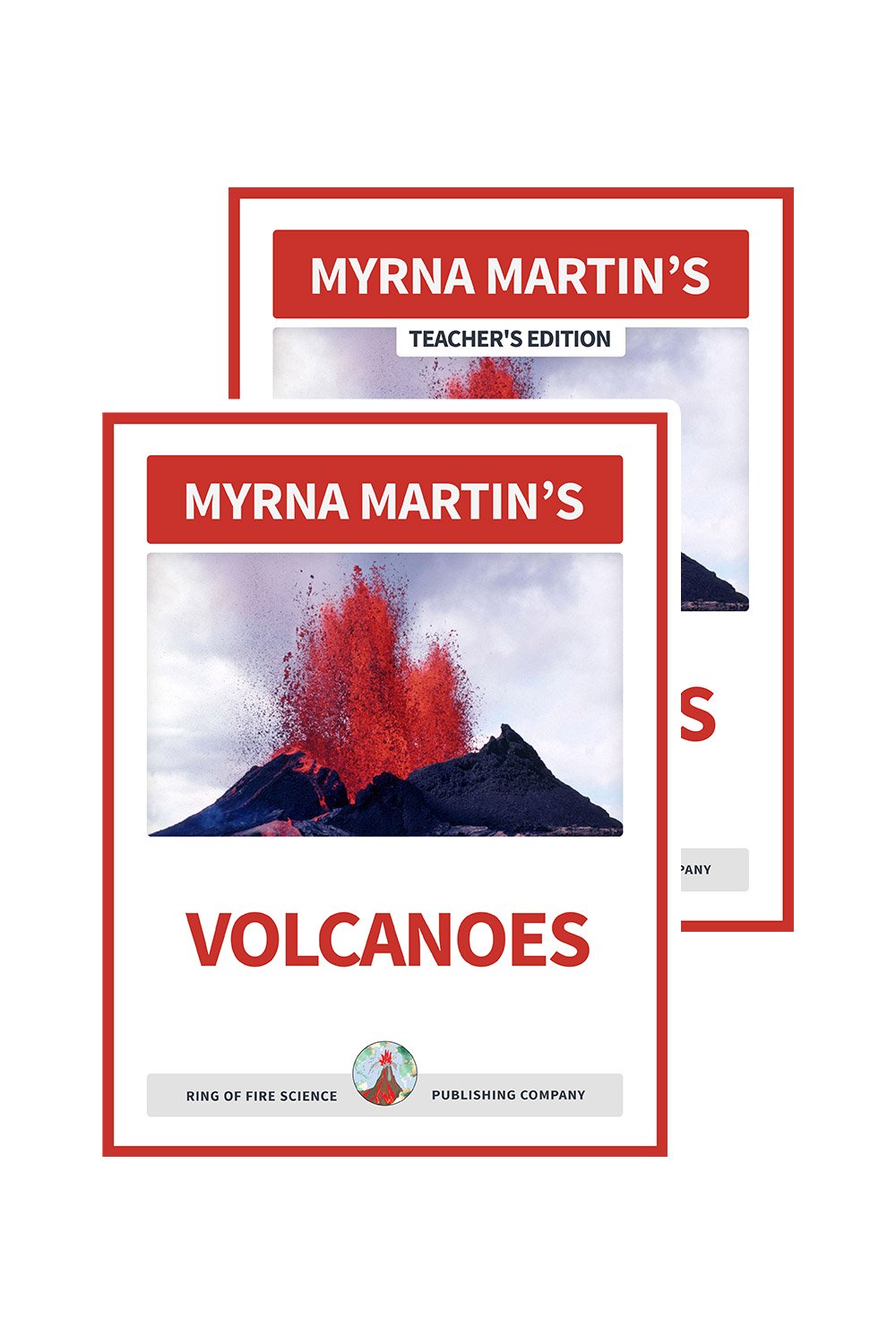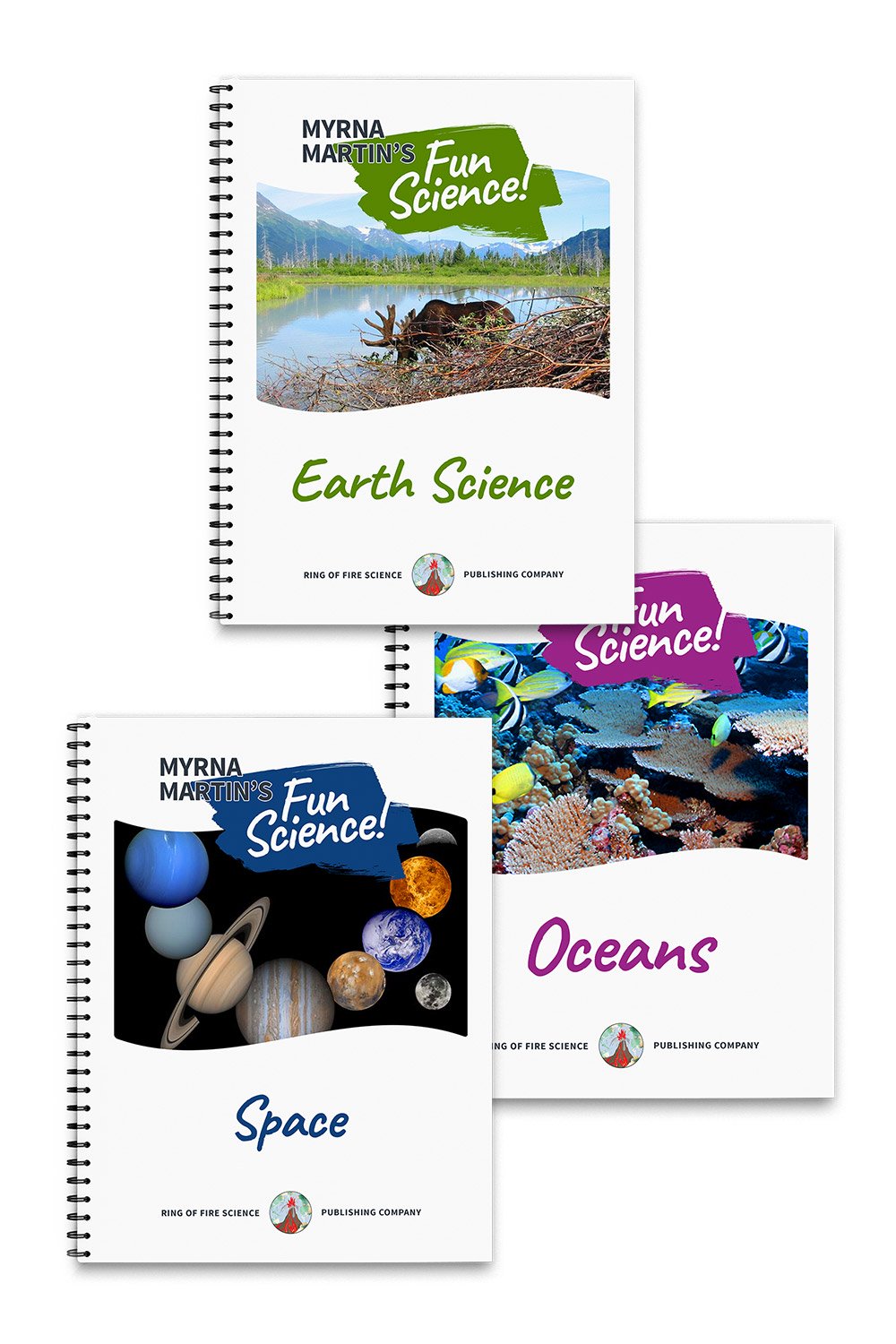Facts About Volcanoes
Fascinating facts about volcanoes
Here are some fascinating facts about volcanoes. Volcanoes were all formed when molten rock erupted from a volcano vent onto the Earth’s surface. Violent volcanic eruptions produce Plinian eruptions. Ash blown into the air can enter the jet stream and circle the Earth for several years before the pull of gravity causes all the ash to settle onto the Earth’s surface.
Mid Oceanic Ridge
The greatest mountain chain on Earth is the mid oceanic ridge that runs through all the oceans on our planet. New oceanic crust forms every time molten lava flows out of a volcano vent between two separating tectonic plates at a divergent plate boundary. The molten rock that flows onto the ocean floor is from the upper mantle.
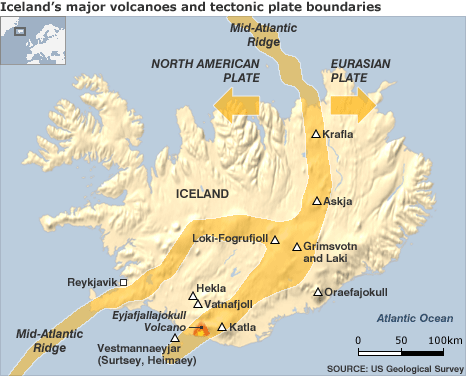 Iceland Volcanoes, USGS
Iceland Volcanoes, USGSIceland volcanoes
More fascinating facts about volcanoes and the volcanoes in Iceland. Iceland volcanoes frequently erupt because they are the product of a divergent boundary between the North American Plate and the Eurasian Plate. Magma from the upper mantle feeds the Iceland volcanoes as the two plates move apart.
Iceland volcanoes are also forming about a persistent hot spot. The hot spot also fuels the volcanoes was the molten rock flows upward toward the surface of the Earth. The Iceland volcanoes therefore are the produce to separating plates and a hot spot that produces enough magma to create an island that allows scientists to study the Mid Atlantic Ridge above the
surface of the ocean.
Tectonic plate movement
Here are more fascinating facts about volcanoes and where they form. Tectonic plates move around the surface of the Earth at about the speed your fingernails grow. The lithosphere is the rocky crust of the Earth and it moves around on the surface of the asthenosphere.
A divergent boundary forms where tectonic plates are moving apart above the asthenosphere. Most divergent boundaries are located on the ocean floors. Oceanic crust at divergent boundaries on the ocean floor is the newest crust on the surface of the Earth.
Convergent plate boundaries
There are two types of convergent plate boundaries. Two continental crusts moving together create a collision boundary.
Because both continental crusts are about the same weight they from great mountain chains between colliding crustal plates. The Himalayan Mountains are the result of collision boundary.
Subduction zones
The other type of convergent plate boundary forms in subduction zones. When a continental plate converges with an oceanic plate the oceanic plates moves beneath the continental plate. Continental crust is made up primarily of quartz and feldspar minerals.
Recycling the oceanic crust
Oceanic crust is constantly being created deep in the oceans as new crust forms when iron-rich minerals in the upper mantle flow out between separating plates. At the leading edges of both continental crust and ocean crust the lighter continental crust overrides the oceanic crust. The older oceanic crust is recycled in subduction zones as new crust forms at divergent plate boundaries.
More Volcano Links
|
Volcanoes for Kids |
Pompeii Eruption |
KIDS FUN SCIENCE BOOKSTORE
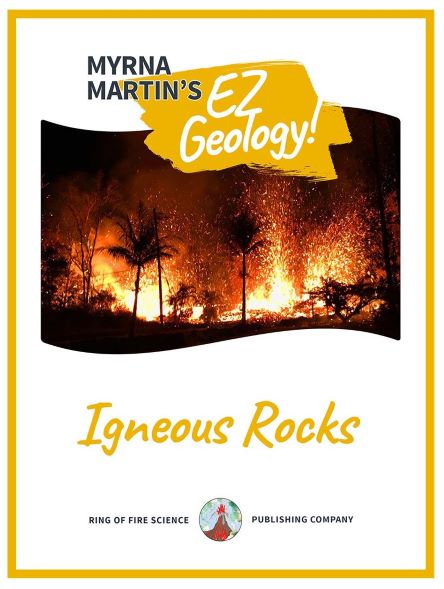 |
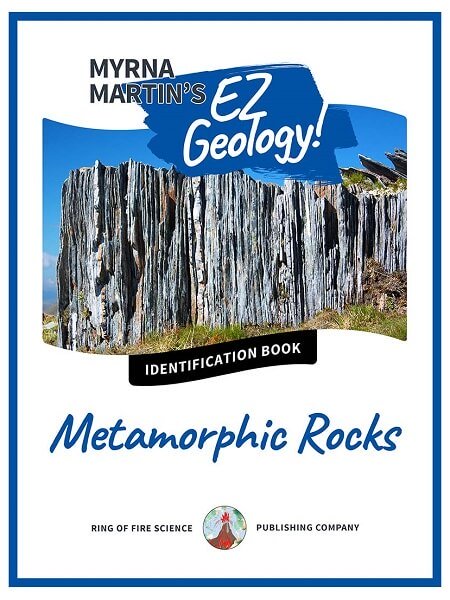 |
Check out Myrna Martin's award winning textbooks, e-books, videos and rock sets. The Kids Fun Science Bookstore covers a wide range of earth science topics. Click here to browse.
Sign up to our monthly newsletter and receive our FREE eBook containing 3 fun activities that don’t appear in any of our other books!
The Kids Fun Science monthly newsletter will include the following: current events, weird and fantastic facts, a question of the month, science trivia and the latest new content from our website.
We respect your privacy and you can be assured that we will never share your email address or use it for any other purpose than to send you our newsletter.



